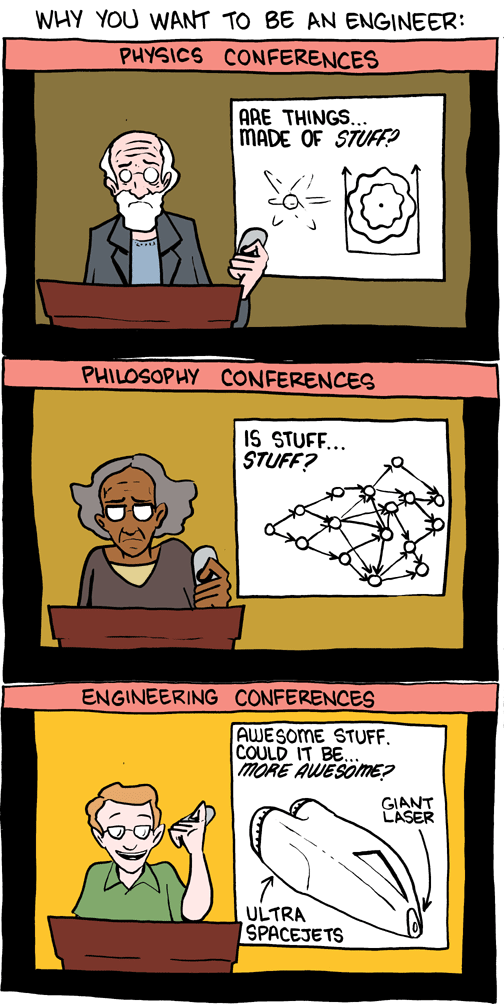Let's do a little thought experiment.
Imagine writing down every number in the universe that you could find – the height of every building on earth, the weight of every molecule, the size of every object in space, the number of songs in every person's iTunes library – every number you can possibly imagine that represents something in the real world. You write each number down on a strip of paper, and you put all those pieces of paper into a giant bag (Santa size). You shake up the bag, mix all the numbers up really well, and start to pull them out, one by one...
12,756 - diameter of the earth in kilometers
6 - length of a large fire ant in millimeters
496.4 - molar mass of red 40 dye
Assuming you cut all the pieces of paper the same size, what are the chances that the next number you pull out will start with 1?
Well, numbers can't start with zero. That leaves 9 digits, so you'd probably guess that it's a 1 in 9 chance, or about 11%. The same as your chance of drawing a number that starts with 6, or 9, or 4, or any other digit, right?
Nope.
Your chance of drawing a number that starts with 1 is about 30.1%. Your chance of drawing number that starts with 9? 4.6%.
It's true. There are probably about six times as many numbers in your bag that start with 1 as numbers that start with 9 (assuming you wrote down a really huge list of numbers and didn't accidentally pick a bunch of them that are really close together). I'm not making this up. It's called
Benford's Law.
So how exactly is this possible? It doesn't seem to make any sense. Well, it has to do with the fact that there is so much stuff in the universe, distributed evenly from the very tiny to the very huge. Let's start small. Say you want to compare the height of my dog (1.5 feet) to the height of a diving board (10 feet). You could look at these numbers on a number line, like the ones you made in elementary school, like the one below.

But what if you wanted to compare the height of my dog, the height of a diving board, and height of the Sears Tower (1450 feet)? If you used a number line like the one above, with 0 on one end and 1450 on the other, it would be impossible to see the difference between the height of my dog and the height of the diving board. They'd both be right next to zero. If you want to compare the sizes of lots of things things that are really, really different (like all the numbers in the universe), you have to look at them on a line with a "logarithmic scale". I know that's a big, scary word, but don't worry about it. Here's what a logarithmic number line looks like:

Instead of the spacing being the same from 1 to 2, 2 to 3, 3 to 4, etc, the spacing is the same from 1 to 10, 10 to 100, and 100 to 1000. It's a scale based on multiplication instead of addition. You can clearly see the differences between the height of my dog, the height of a diving board, and height of the Sears Tower all on this one short line. It turns out that the numbers in the universe are pretty evenly distributed on a number line like this one. More so than they are on the number lines you know from elementary school, because all the stuff in the universe is distributed pretty evenly from tiny molecules to huge galaxies.
Now we can see why numbers that start with 1 pop up so much more often than numbers that start with 9. Below, I've highlighted the ranges of numbers on this line that start with 1.

Here are the numbers that start with 9.

A much smaller area, right? So if the numbers in the universe are distributed evenly over this line, you're almost six times more likely to pick numbers starting with 1 than with 9. (All the other digits fall in between, so you're only very slightly more likely to pick numbers starting with 5 than with 6.)
So next time you're tempted to fudge the numbers on your tax return, remember this principle. It's possible to analyze your return, and if there are too many 7s, 8s, and 9s at the beginnings of your numbers, you could be in big trouble. No kidding. Benford's Law has been used in court.
I learned about this crazy Benford principle on
Radiolab, a co-production of WNYC and NPR. It's a really, really good podcast that makes science fun again. Go check it out. "Numbers" and "Parasites" are two of my favorite episodes.
More fun with logarithms.






